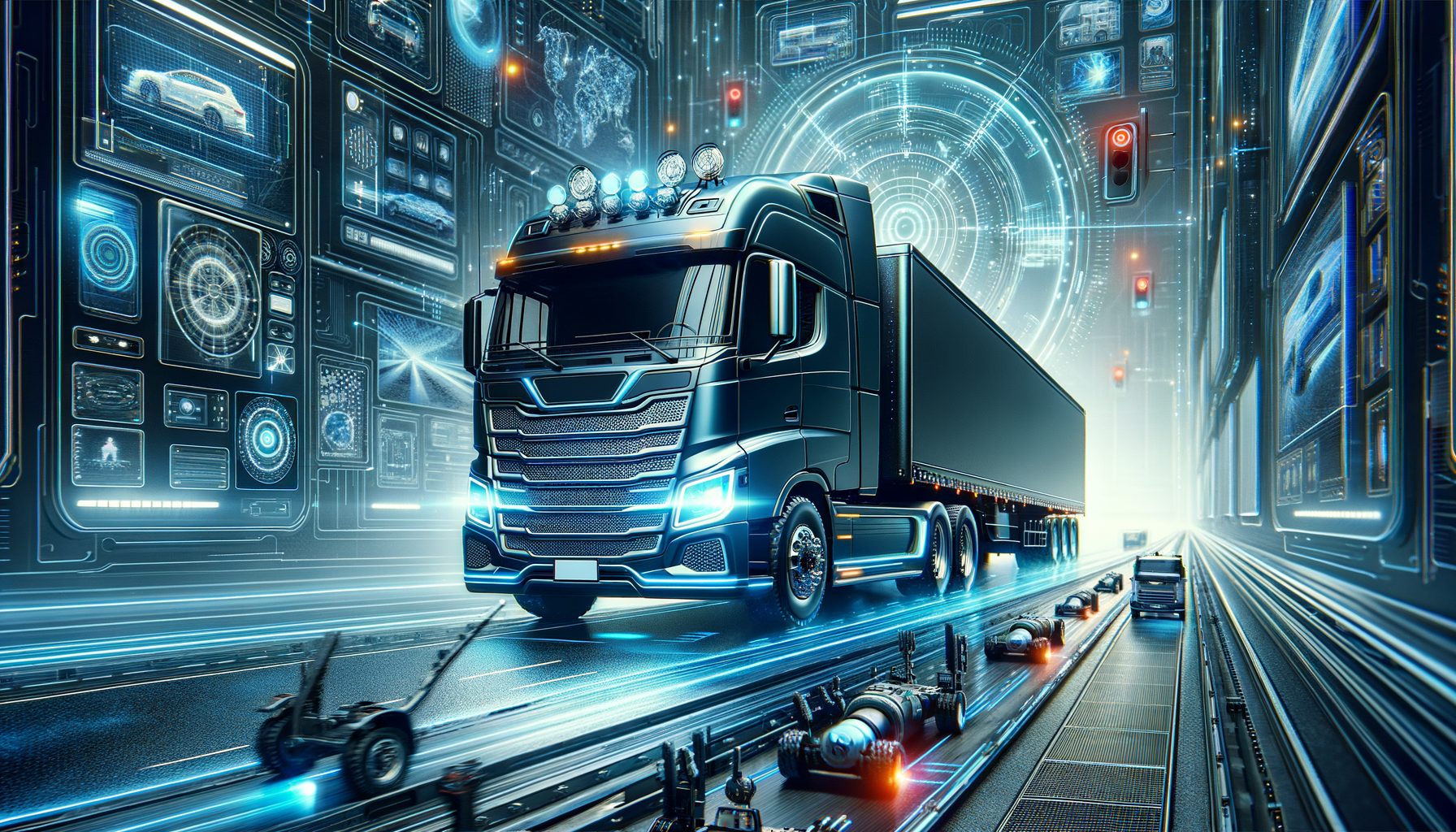Introduction to Autonomous Technology in Trucks
The world of trucks is undergoing a significant transformation, driven by the integration of autonomous technology. As these vehicles become more advanced, they are not just limited to conventional roadways but are also making impressive strides in off-road capabilities. This evolution is crucial for industries that rely on trucks to navigate challenging terrains, such as mining, agriculture, and construction. By harnessing AI-powered systems and real-time data analysis, modern trucks can operate with increased safety and efficiency, reducing the need for constant human intervention.
Autonomous technology in trucks is not just a futuristic concept but a present-day reality that enhances operational effectiveness. The ability of these vehicles to handle complex environments with minimal manual input is a game-changer, especially for commercial fleets operating in remote or rugged areas. This article explores how these advancements are shaping the future of off-road trucking, offering insights into the benefits and challenges of integrating such technology.
AI-Powered Systems and Their Role
AI-powered systems are at the heart of the autonomous technology revolution in trucks. These systems enable vehicles to process vast amounts of data in real-time, making informed decisions that enhance safety and performance. By leveraging machine learning algorithms, trucks can adapt to varying conditions, such as changes in terrain or weather, ensuring a smooth and efficient journey.
The implementation of AI in trucks allows for:
- Enhanced route optimization, reducing fuel consumption and travel time.
- Improved obstacle detection and avoidance, minimizing the risk of accidents.
- Adaptive speed control, maintaining optimal performance across different terrains.
These capabilities are particularly beneficial for off-road applications, where conditions can be unpredictable and challenging. By continuously learning from their environment, AI-powered trucks can improve their operations over time, offering a reliable solution for industries that depend on efficient and safe transportation.
Real-Time Monitoring and Data Analysis
Real-time monitoring and data analysis play a pivotal role in enhancing the capabilities of modern trucks. By utilizing advanced sensors and communication technologies, these vehicles can monitor their surroundings and internal systems continuously. This constant flow of information allows for quick adjustments and proactive maintenance, reducing downtime and extending the lifespan of the vehicle.
Key benefits of real-time monitoring include:
- Immediate detection of mechanical issues, preventing costly breakdowns.
- Improved fuel efficiency through optimized engine performance.
- Enhanced driver safety with real-time alerts and feedback.
For off-road operations, where conditions can change rapidly, the ability to analyze data in real-time is invaluable. This technology ensures that trucks can adapt to new challenges swiftly, maintaining high levels of productivity and safety in even the most demanding environments.
Advanced Terrain Handling Capabilities
Trucks equipped with autonomous technology are designed to excel in off-road conditions, thanks to their advanced terrain handling capabilities. These vehicles can navigate through rugged landscapes with ease, using sophisticated systems that adjust to the terrain’s demands. This adaptability is crucial for industries like mining and construction, where trucks must operate on uneven and unstable surfaces.
Features that enhance terrain handling include:
- Dynamic suspension systems that adjust to the terrain for a smoother ride.
- Advanced traction control to prevent slippage on loose or slippery surfaces.
- Automated braking systems for precise control on steep inclines or declines.
With these capabilities, trucks can perform efficiently and safely in environments that would challenge traditional vehicles. The integration of autonomous technology in terrain handling not only improves operational efficiency but also reduces the physical strain on drivers, allowing them to focus on other critical tasks.
Challenges and Future Prospects
While the integration of autonomous technology in trucks offers numerous benefits, it also presents several challenges. One of the primary concerns is the high cost of implementation, which can be a barrier for smaller companies. Additionally, there are regulatory hurdles to overcome, as laws and standards for autonomous vehicles are still evolving.
Despite these challenges, the future prospects for autonomous trucks are promising. Continued advancements in technology are expected to reduce costs and improve accessibility, making these vehicles more viable for a broader range of industries. As regulations catch up with technological developments, we can anticipate a more widespread adoption of autonomous trucks, particularly in off-road applications.
The ongoing innovation in this field promises to revolutionize the way trucks operate, offering safer, more efficient, and environmentally friendly solutions for industries worldwide. As these advancements continue, the role of autonomous technology in trucks will only become more significant, paving the way for a new era in transportation.




Leave a Reply